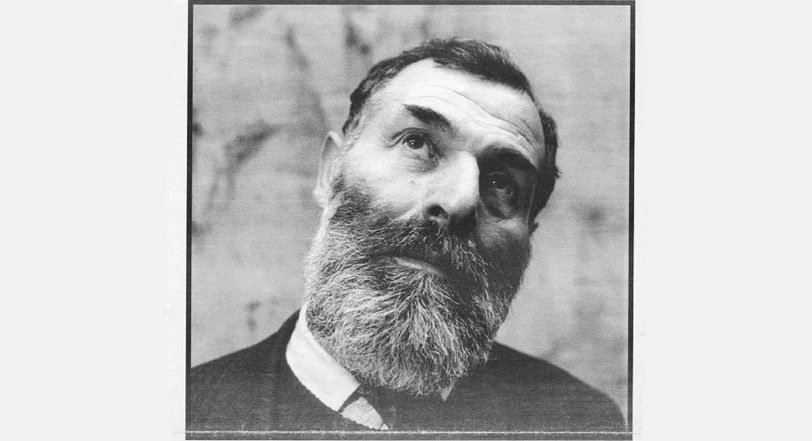Birth of Mikhail Vartanov (February 21, 1937)

Mikhail Vartanov is considered an important cinematographer and documentarian of his generation noted for his artistic collaboration with Sergei Parajanov and Artavazd Peleshian.
Vartanov was born on February 21, 1937, in Grozny (Chechnya, Russia). He graduated from the Gerasimov Institute of Cinematography in Moscow (1965). He had a close relationship with filmmaker Sergei Parajanov. He was first acquainted with Parajanov’s work in 1964, when he was still a student, having watched Parajanov’s Shadows of Forgotten Ancestors and the test footage of the unfinished Kiev Frescoes. They met for the first time in 1967, in Armenia, where they discussed the screenplay of The Color of Pomegranates (Sayat Nova) and struck a lifelong friendship.
The Color of Armenian Land, Vartanov’s debut film, marked the beginning of his trademark style, which was later called the “direction of undirected action.” This documentary, which was prohibited in the Soviet Union, featured a stylized silent commentary by painter Martiros Sarian and also Vartanov’s friends Minas Avetisian, another painter, and filmmaker Sergei Parajanov. The film was censored in the Soviet Union.
Peleshian and Gennadi Melkonian petitioned Russian and Armenian authorities to work with Vartanov, who was blacklisted and unemployed. He was eventually allowed to participate as a cinematographer in the essay films The Seasons (also translated as The Seasons of the Year, 1975) and The Mulberry Tree (1979).
After a nine-year absence from the director’s seat, Vartanov was asked to save a troubled project, The Roots (1983), which was “the best film made in Armenia that year,” he later wrote. During this period, he also taught cinema and photography at the university and published his theoretical writings in several languages. Twenty years after his first censored documentary, Vartanov was able to make a trilogy, including his friends featured in it: Erased Faces (1987), Minas: A Requiem (1989) and the influential Parajanov: The Last Spring (1992), which won the Russian Academy of Cinema Arts award in 1993.
In 1996 he moved to California and passed away in Hollywood on December 29, 2009. In 2010, the Parajanov-Vartanov Institute was established in Hollywood to study, preserve, and promote the legacy of both filmmakers.
